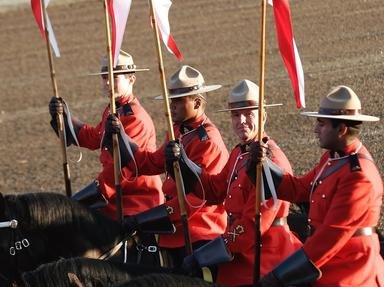Quiz Answer Key and Fun Facts
1. Which of the following crops was *NOT* grown by the First Nation tribes in the Toronto area prior to the arrival of Europeans?
2. Which French explorer is commonly believed to be the first European to arrive in Toronto in 1615?
3. What was one of the main disputes regarding the 1787 Toronto Purchase between the British and the Mississaugas of New Credit?
4. The British founded the city of Toronto in 1793 under which name?
5. What was the major strategic gain of the Americans when they captured York in the 1813 Battle of York, during the War of 1812?
6. Why was the city renamed Toronto in 1834?
7. At what location on Yonge Street did William Lyon Mackenzie and others inspire a rebellion attempt against the British on December 7, 1837?
8. The Great Fire of Toronto in 1904 started at which location?
9. The Christie Pits Riot took place on August 16, 1933 at what kind of event?
10. The 2018 Toronto Van Attack on Yonge Street was an example of what kind of terrorism?
Source: Author
Joepetz
This quiz was reviewed by FunTrivia editor
gtho4 before going online.
Any errors found in FunTrivia content are routinely corrected through our feedback system.
